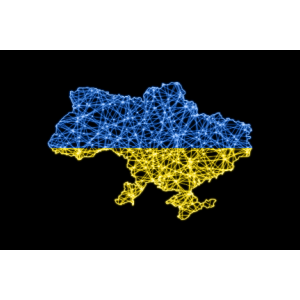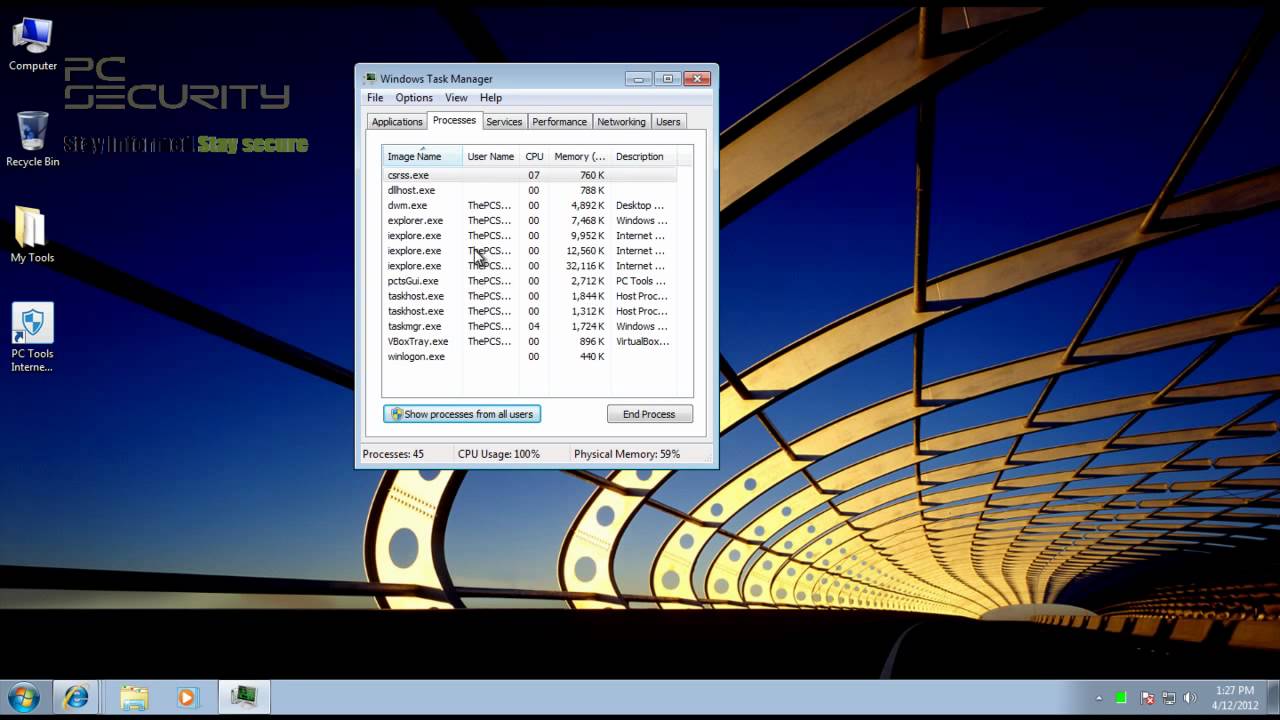Ukraine Cyber War Drags On With Stealers, Trojans and More
Technical and non-physical attacks have always been a part of modern warfare. During World War II, the Allies used advanced cryptanalysis to decrypt encoded messages sent by the Axis powers using the Enigma ciphering system. Led by Alan Turing, this breakthrough provided the Allies with valuable military intelligence and helped win the war.
Fast forward to present-day warfare, where the cyber front has never been more intense. On February 24, Russia’s computer hackers targeted Ukraine’s satellite communications system, run by the U.S. firm Viasat, as Russian tanks prepared to invade. The attack occurred just before the invasion and was likely an attempt to disrupt Ukraine’s communications. Then there was an onslaught of wiper programs targeting hundreds of Ukrainian systems. Attackers later launched the malware Industroyer2 to take down the country’s electricity grid.
How effective were these attacks? What is the state of cyber war now? Let’s find out.
Level of Damage Depends on Context
If you are sitting in an office in Silicon Valley and your network suffers a major incident, it’s a big deal. In some studies, the average cost of a data breach is $4.35 million. But when missiles, tanks and lost lives enter the picture, the entire perspective of cyber warfare changes. There’s no doubt cyberattacks have had an impact on Ukrainians. However, these attacks did not plunge the country into permanent darkness. They did not cut off communications and the internet completely. So at the level of a full-blown war, the impact of Russia’s cyber assault is debatable.
The Carnegie Endowment for International Peace stated that during the early stages of Russia’s invasion of Ukraine, cyberattacks may have had a limited impact. Traditional jamming techniques and the disruption of Viasat modems may have degraded Ukrainian communications. Data deletion attacks contributed to the chaos in Ukraine, but the organizations targeted reportedly experienced only minor disruptions.
More recently, the frequency, impact and novelty of Russian cyberattacks have significantly decreased. And the overall benefit to Moscow’s military ambitions may have been limited. On the other hand, maybe…



